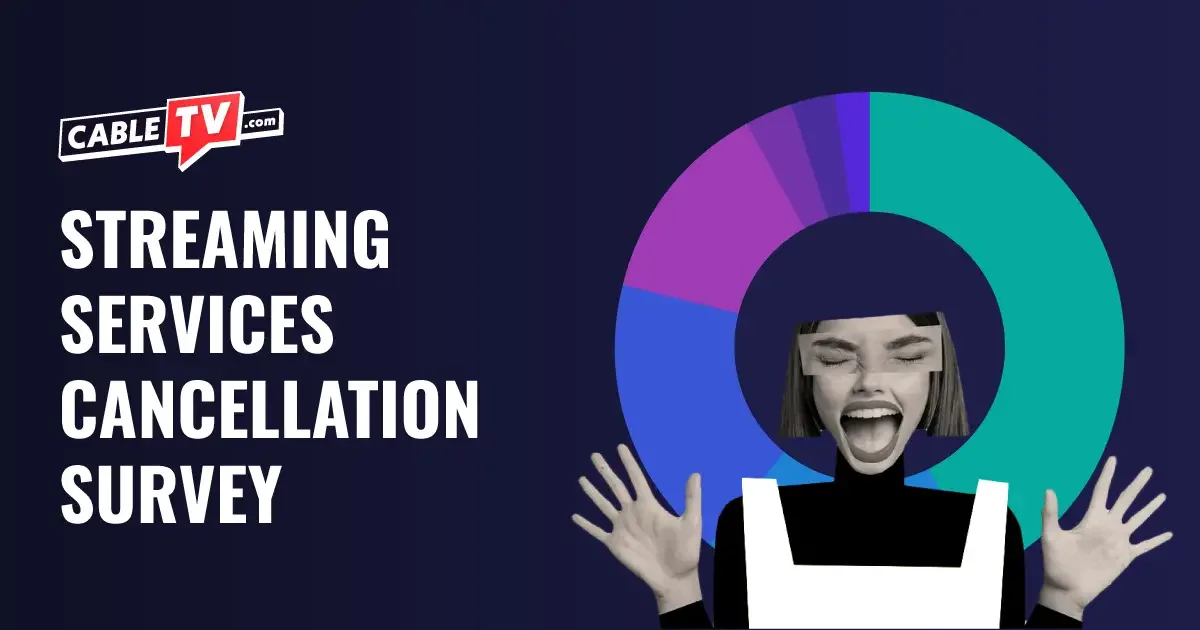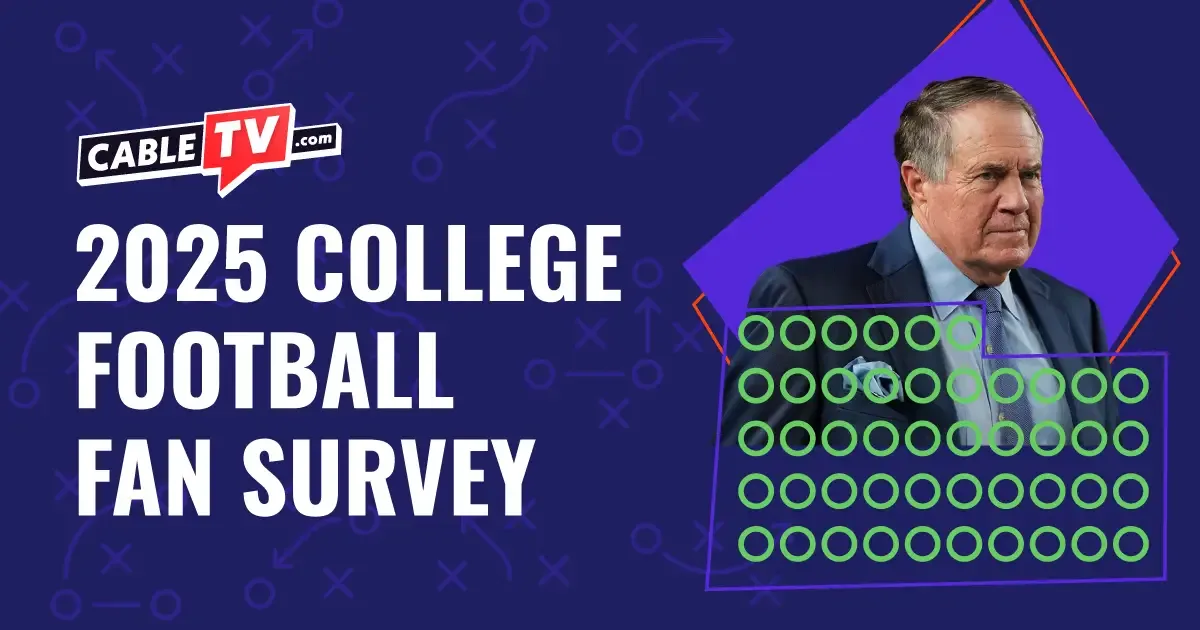Multi-gig internet: Is it worth it?
One of 2023’s biggest internet industry trends was the rise of multi-gig internet plans among internet service providers (ISPs). While gigabit internet plans are commonplace and offer download speeds up to 1,000Mbps, many ISPs have launched multi-gig internet plans that have more than 2Gbps download and upload speeds. With packages like Ziply Fiber’s 50Gbps home internet plan, multi-gig internet has been a ubiquitous new product line and advertising focus for legacy and fiber ISPs.
But is multi-gig internet the next best thing for internet, or is it mostly marketing? As part of this year’s internet customer satisfaction survey, we asked more than 7,000 internet customers what they know about multi-gig internet.
Have you heard about internet plans that are faster than 1Gbps?
Yes: 46%
No: 54%
Multi-gig internet hasn’t fully penetrated the mainstream yet, and this can be attributed to some tech-related limitations. Multi-gig internet primarily comes from fiber ISPs, but national fiber availability remains a work in progress across the U.S. If customers can’t get fiber internet in their area, they won’t get multi-gig internet either.
However, ISP marketing efforts have likely narrowed this awareness gap and increased consumer recognition for multi-gig internet.
Do you think you’d need an internet plan that is faster than 1Gbps?
Yes: 34%
No: 66%
But are customers interested in upgrading to multi-gig internet? At the moment, the answer is largely no. Most consumers are satisfied with sub-1Gbps internet plans, which currently offer more than enough bandwidth for streaming, gaming, or family video calls.
We also see a similar trend line when we break out this data demographically. Unsurprisingly, baby boomer respondents had virtually no interest in multi-gig internet, while 40% of millennials said they were interested in a multi-gig internet plan.

What is the most you would pay a month for a multi-gig internet plan?
Our poll showed that price tolerance remains a huge ceiling for ISPs and internet customers:
- The average respondent would be willing to pay $70 per month for a 2Gbps internet plan.
- For a 10Gbps plan, our respondents upped their maximum budget to $80 per month.
For context, Google Fiber’s 2 Gig plan costs $70 monthly, while AT&T Fiber’s 5 Gig plan runs for $250 monthly.
Want more internet and TV analysis?
Join CableTV.com's email list for the latest TV and internet reviews, industry news, and more.
By signing up, you agree to our Privacy Policy & Terms and Conditions.
Takeaways
Internet bandwidth demands have consistently increased over time, and as applications like 4K video streaming and download-only gaming consoles become more popular, home internet demands will undoubtedly increase at a similar pace. Multi-gig internet offers the best speeds on the market, and it’ll be a great fit if you’re looking for the fastest internet performance or regularly transfer large files for work.
But at the moment, multi-gig internet is strictly a product for early adopters and edge-case households. Most shoppers are fine with their current internet plans and aren’t interested in paying a premium for equally premium internet speeds. Still, it’s not a matter of if multi-gig internet will be necessary, but of when. And we’ll be keeping an eye on this trend for the future.





